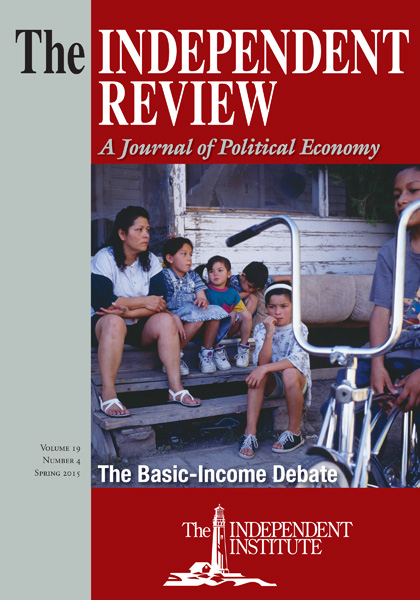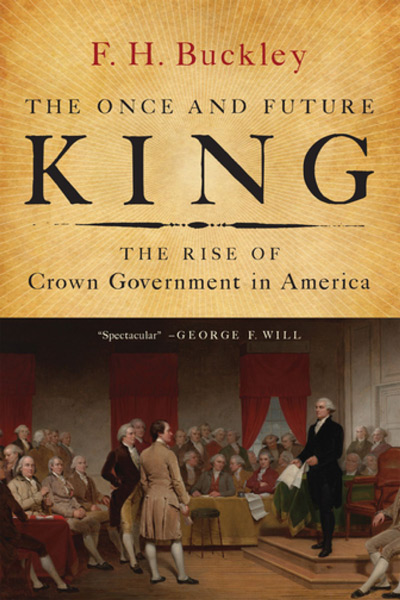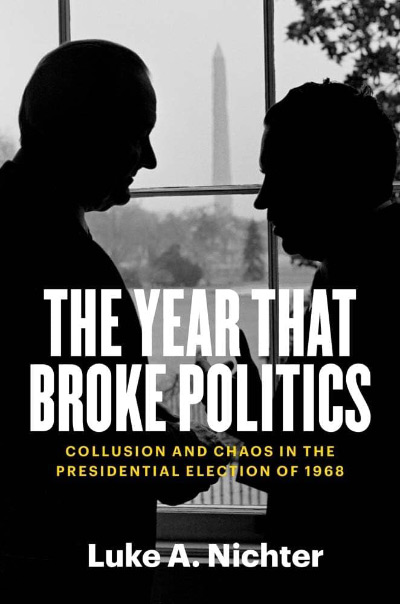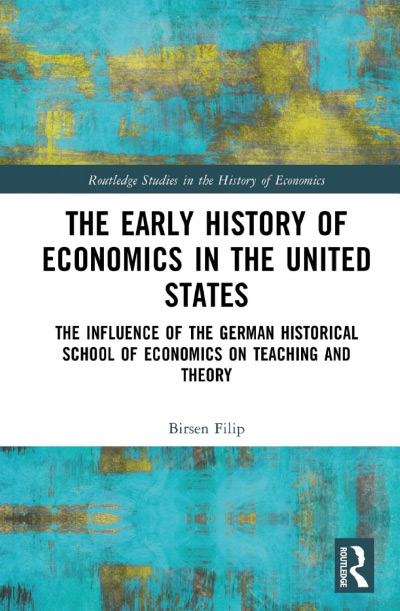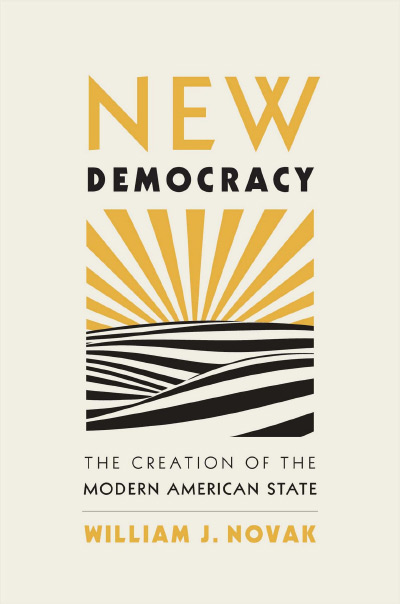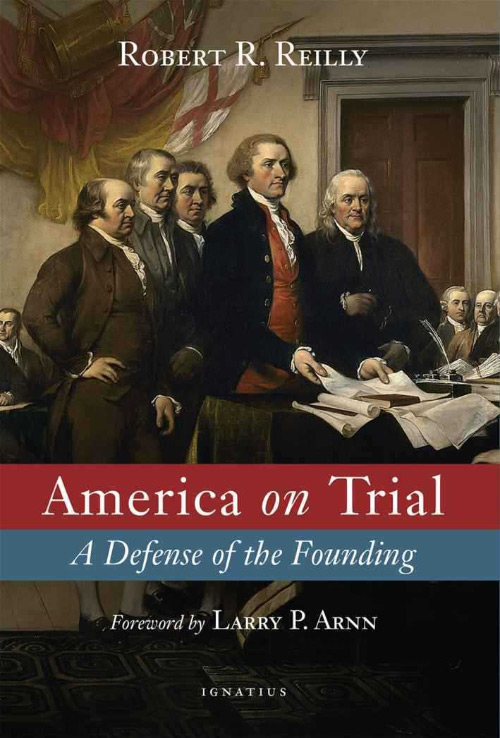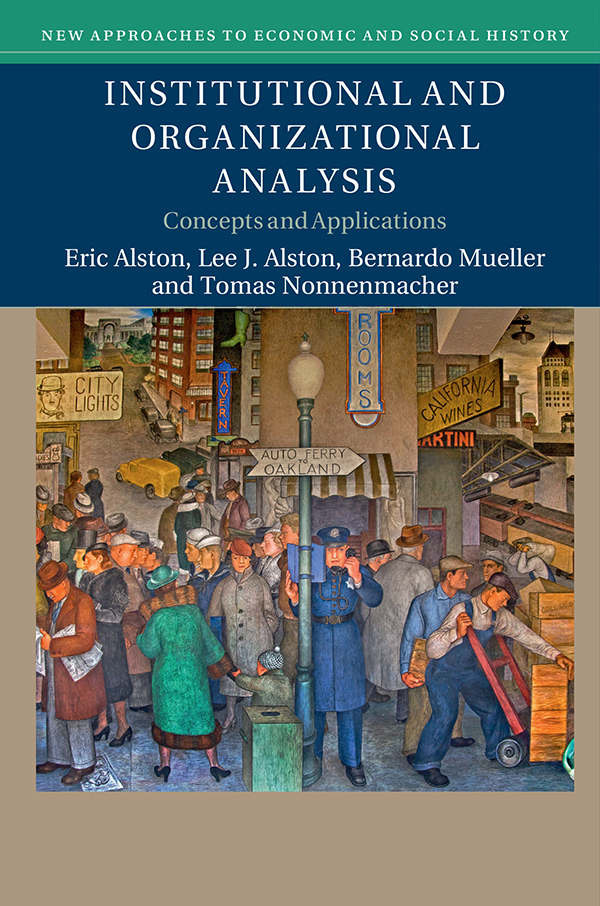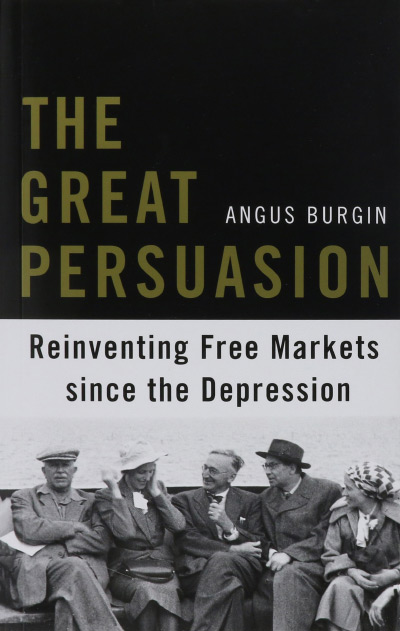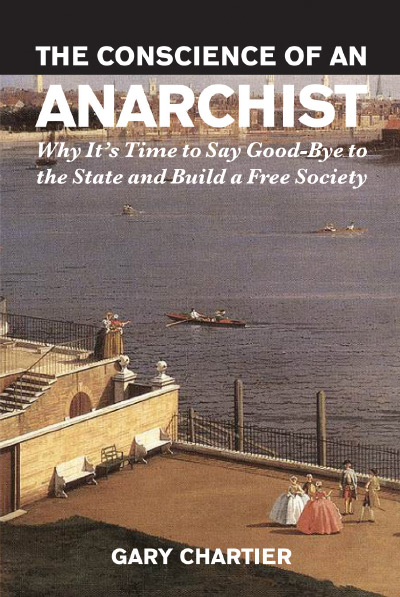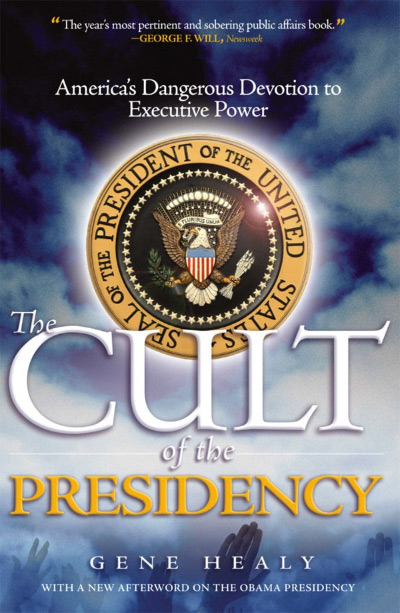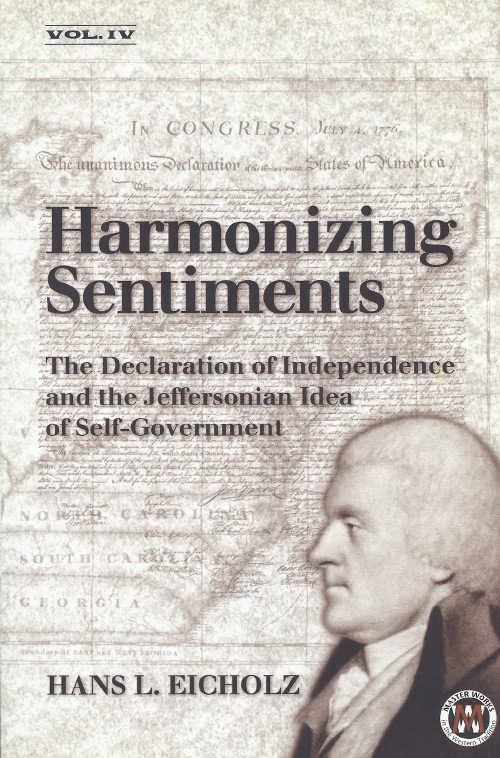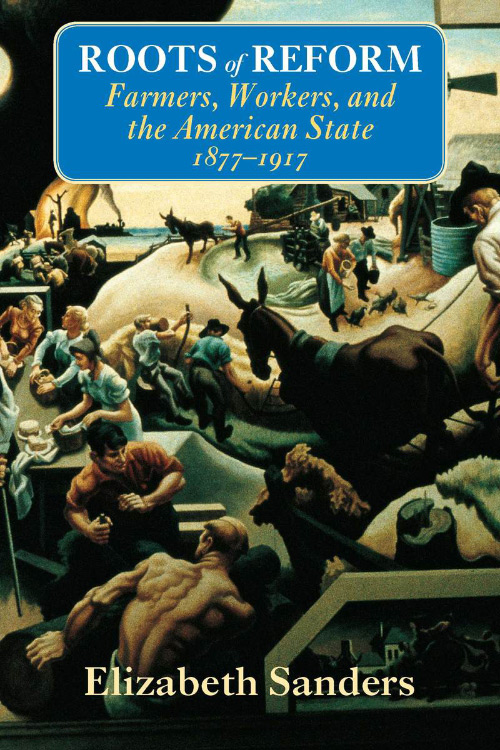Frank Buckley is a Canadian-born academic who has long been a leading legal scholar in the United States. Despite (or perhaps because of) living in America for many years, he has not lost his affection for queen and parliament. In The Once and Future King, he offers a penetrating analysis of the dangerous growth of executive power in three predominantly English-speaking democracies: Great Britain, Canada, and the United States. Executives in all three nations have increased their authority at the expense of the legislature in recent decades. But Buckley contends that Britain and Canada’s parliamentary regimes are better able to limit the dangers of executive aggrandizement than America’s separation-of-powers system.
Buckley’s book has many strengths and undoubtedly qualifies as a major contribution to the debate over comparative constitutional design. On some key issues, however, he overrates the benefits of parliamentary systems and undervalues those of presidentialism.
Perhaps the strongest part of the book is the first half, where Buckley traces the growth of executive power in all three nations. The rise of the “imperial presidency” in the United States is a much discussed phenomenon. Less well known is the increasing concentration of power in the hands of the prime minister and his or her staff in the British and Canadian political systems.
Buckley argues that executive aggrandizement is rooted in the fundamental nature of modern government. Because the state has taken on numerous complex functions, it requires a large bureaucracy, which is more readily controlled by the executive than by the legislature. In addition, the concentration of power in the hands of the executive is fostered by the inherent advantages of a unitary leader relative to a multimember legislature and by the rise of the modern media, which tends to focus attention on a single charismatic and powerful leader rather than on relatively faceless members of Congress or parliament.
This part of Buckley’s book also doubles as a fascinating comparative history of the three countries’ constitutional development. In an insightful analysis of the Constitutional Convention of 1787, he shows that many of the Founding Fathers, including James Madison, actually wanted a more tightly constrained president selected by Congress rather than the separate executive that ultimately emerged. Ironically, the parliamentary executive established by the framers of the Canadian political system in 1867 may in some ways be closer to Madison’s vision than that which was created in the United States.
Although the growth of executive power is a common feature of all three nations’ governments, Buckley argues that parliamentary systems have coped with the resulting challenges better than America’s separation-of-powers system has. Because a parliamentary majority can remove a prime minister from office at any time, it is more difficult for him to abuse his powers than for an independent president to do so. A U.S. president can be removed from office before the end of his term only through the cumbersome impeachment process, which Buckley derides as largely ineffective. As a result, Buckley claims, American presidents are more able than British and Canadian prime ministers to start unwise wars for political benefit, use the bureaucracy to persecute political opponents, and commit a variety of other sins. Presidential abuses of power in the U.S. system are also exacerbated by the fact that the president is head of state as well as head of government and as a result enjoys institutional prestige and relative immunity from criticism, which in Britain and Canada is reserved for the queen.
This latter argument is probably one of Buckley’s weakest. The symbolic stature of their office has not shielded modern U.S. presidents from vitriolic attacks by political opponents, hostile media, and—most recently—blogs and other political websites. Bill Clinton, George W. Bush, and Barack Obama have been attacked at least as much as any prime minister.
To further buttress his case, Buckley cites comparative data indicating that, controlling for other variables, presidential regimes have higher levels of corruption and lower levels of political freedom than parliamentary governments.
Although Buckley presents a formidable case for parliamentary government, there are some flaws in both his diagnosis of the problems of executive power and his defense of parliamentarism as the best solution. It is far from clear that the past century has witnessed a growth of executive power relative to legislative power as opposed to a vast expansion of all forms of government power relative to that of the private sector.
Modern executives wield much greater power than their eighteenth- and nineteenth-century predecessors. But the same is true of modern legislatures. It is Congress, not the White House, that today spends nearly one-quarter of U.S. gross domestic product and regulates everything from light bulbs to toilet flow. Although Buckley notes that the president has considerable discretion over some types of spending, by far the largest items in the federal budget are entitlement programs such as Medicare and Social Security, which allocate funds through formulas that leave little room for executive discretion.
The power of the judicial branch has also expanded over time. Today’s federal judiciary decides an enormous range of cases that have tremendous impact on the lives, freedom, and economic well-being of much of the population.
In some cases, Buckley conflates the authority of the executive branch as a whole with that of the president as an individual. For example, he emphasizes that the executive branch now has more than 2.5 million civilian employees. But he doesn’t note that the vast majority of them are career civil servants who are almost impossible for the president to fire; indeed, it is often difficult for him to even demote them or cut their pay. Federal bureaucrats enjoy such protections thanks to laws enacted by Congress—an important means by which the legislature has constrained presidential power. Even as the power of the executive branch as a whole has expanded, the president’s ability to exercise personal control over it has declined.
Buckley also makes much of the president’s ability to control the powerful U.S. military and to involve it in conflicts without congressional approval. Such criticisms have some merit. But presidents still routinely seek congressional authorization for large-scale conflicts likely to result in substantial casualties, as in the case of the Vietnam War, the two Iraq wars, and the invasion of Afghanistan after the September 11 attacks. When presidents initiate conflicts without congressional approval, they try hard to keep them short and to avoid the use of ground troops and significant U.S. casualties, as Clinton did with Kosovo and as Obama did with Libya and possibly wants to do with the current campaign against the Islamic State of Iraq and Syria.
Although Buckley is right to point out shortcomings of the impeachment process, he may underrate its effectiveness. Three out of forty-four presidents have either been impeached (Andrew Johnson and Bill Clinton) or forced to resign under threat of impeachment (Richard Nixon). The incidence of impeachment or serious threat thereof may not be much lower than the likelihood that a given British or Canadian prime minister may be forced out by his party or lose a vote of no confidence.
Buckley’s defense of parliamentary government also has problematic elements. Advocates of parliamentary systems have traditionally been left-liberals who argue that they make it easier to enact new legislation, thereby facilitating the growth of centralized regulation of the economy and a large welfare state. Buckley, by contrast, is a generally pro-free-market conservative. It is striking that in this book he mostly avoids engagement with the conventional left-wing case for parliamentarism. If the latter case is correct, his own position is at least partially undermined. As Buckley recognizes, increasing economic regulation and welfare state spending tend to also increase executive power.
Economists Torsten Persson and Guido Tabellini (The Economic Effects of Constitutions [Cambridge,Mass.: MIT Press, 2003]) find that presidential regimes on average have significantly lower levels of government spending than parliamentary systems. More government spending means more power for both legislature and executive as well as greater difficulty in constraining the sorts of abuses of power Buckley fears.
Like many other critics of U.S. separation of powers, Buckley laments the gridlock created by divided government, which indeed sometimes causes problems. But that very gridlock also imposes constraints on executive power that are difficult to replicate in a parliamentary system. When Congress is controlled by a different party from the one that holds the White House, the result is lower levels of federal spending, more hearings investigating possible abuses of executive power, and the enactment of more detailed laws that leave less room for executive discretion. By contrast, a parliamentary prime minister is usually also the leader of the dominant party in the legislature, which is therefore less likely to impose tight constraints on his power or to investigate his abuses of it.
Buckley emphasizes that divided government makes it difficult to repeal or modify bad legislation, a disadvantage he contends outweighs the benefit of being able to prevent the enactment of more harmful legislation in the first place. But the institutionalization of harmful government programs and regulations often makes them difficult to repeal even in parliamentary governments, as demonstrated in the difficulty that many European states have experienced in trying to pare back entitlement programs and labor regulations that have resulted in serious fiscal problems and chronically high unemployment.
In addition, Buckley downplays one important way in which prime ministers can accumulate greater personal power than presidents can: they often stay in office far longer. Margaret Thatcher dominated British politics for eleven years, and Tony Blair for ten. Pierre Trudeau was prime minister of Canada for fifteen of sixteen years between 1968 and 1984, and Brian Mulroney for nine straight years. Such dominance was furthered by the prime minister’s ability to time elections to coincide with favorable points in the business cycle.
By contrast, the Constitution bans American presidents from serving for more than eight years, and the last year or two of a president’s second term is usually a “lame duck” period during which the incumbent’s political leverage declines. Other things being equal, longer tenure in office leads to greater concentration of power. Although Buckley correctly points out that the average tenure of a modern British or Canadian prime minister is about the same as that of the average president, the possibility of very long tenures still creates a dangerous risk of concentration of power, especially since prime ministers with long tenures are far from uncommon.
Buckley’s quantitative evidence on political freedom and corruption is not quite as strong as he suggests. Many of the results are driven by regimes that have little or no democracy. In such governments, formal constitutional allocations of power may not matter much because the ruling dictator or oligarchy often wields power in ways separate from the official authority attached to the office.
More significantly, Buckley’s comparative analysis largely omits fascist and Communist states. Most Communist governments were officially parliamentary, with only a figurehead president. The true leader of the executive was usually the chairman or general secretary of the ruling party, who could in principle (and sometimes, as Nikita Khrushchev found out, in reality) be removed by other party leaders at any time. He was thus accountable to the party in some of the same ways as democratic parliamentary leaders. The short-lived democratic Provisional Government that the Bolsheviks overthrew in 1917 was also a parliamentary system. If Vladimir Putin’s Russia counts as a failure of presidentialism (as Buckley argues it does), the much greater horrors of Lenin’s and Stalin’s Russia may cut the other way.
Both Hitler and Mussolini rose to power as parliamentary executives, which offices they managed to convert into absolute dictatorships. Hitler actually failed in his efforts to win election to the Weimar Republic’s relatively weak presidency, but managed to become chancellor through parliamentary deal making. His rise to absolute power might not have occurred had Germany had a presidential regime.
If modern governments are ranked by the scale of mass murders and other human rights abuses they have committed, most of the worst were Communist and fascist governments that emerged from failing parliamentary regimes, were officially organized as parliamentary systems themselves, or both. It is in many ways unfair to blame parliamentarism for the horrors of communism and Nazism. After all, these regimes rose to power in nations that were undemocratic to begin with or had only weakly established democracies. But, if so, it is similarly unfair to blame presidentialism for the evils of various Latin American and African despotisms where the dictator holds the position of president rather than prime minister or party chairman.
None of my analysis proves that presidential regimes are necessarily superior to parliamentary ones. They certainly are not optimal for all nations at all times. There are also important variations between different types of presidential regimes and parliamentary regimes as well as between the two categories themselves. Buckley suggests several possible reforms for paring back presidential power without switching to a parliamentary system
The Once and Future King may be the best recent statement of the case for the superiority of parliamentary government. But presidentialism has important advantages of its own. The debate between advocates of these perennial alternatives will surely continue.

